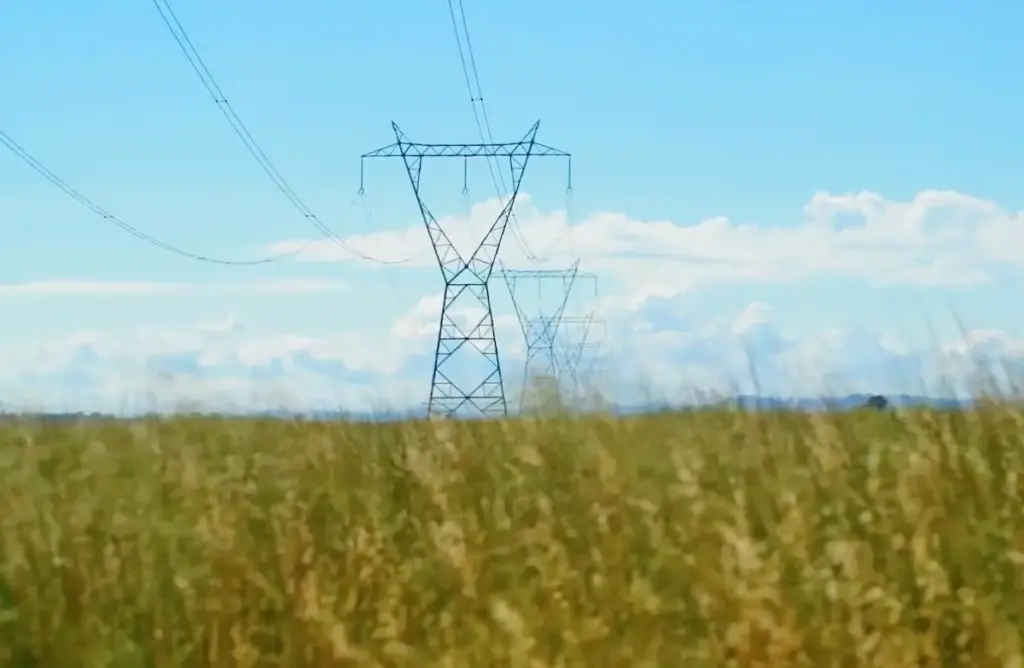
The Australian Energy Market Operator (AEMO) has announced a significant delay in the completion of the VNI West transmission project, a key infrastructure initiative intended to bolster wind and solar energy capabilities. Originally slated for completion in 2028, the project has now been pushed back to 2030, raising concerns over the pace of Australia’s renewable energy transition.
The VNI West project, valued at $3.2 billion, aims to establish a new transmission link between Victoria and New South Wales. This delay represents a substantial setback for the region’s renewable energy goals, particularly as Victoria plans to phase out its remaining coal-fired power plants and achieve a 95% renewable energy target by 2035.
Challenges in Transmission Infrastructure
The delay in the VNI West project is not an isolated incident but part of a broader trend of setbacks affecting Australia’s key transmission projects. These projects are critical components of AEMO’s Integrated System Plan, which supports the federal government’s target of reaching 82% renewables by 2030. Cost overruns and timeline extensions have plagued several initiatives, including Project EnergyConnect, the Marinus Link, Humelink, and the Copperstring project.
Transmission Company Victoria (TCV), established by AEMO to oversee the VNI West project, announced the delay. Soon, responsibility for the project’s delivery will transfer to the newly formed VicGrid. A TCV spokesperson, Claire Cass, attributed the delay to revised planning, design, and construction assumptions, emphasizing the need for comprehensive environmental, geotechnical, and cultural assessments.
Impact on Renewable Energy Goals
The VNI West project is expected to unlock approximately 3.4 gigawatts of new renewable generation in the Murray River and Western Victorian renewable energy zones, enhancing Victoria’s export capacity by nearly 2 gigawatts. However, the delay could hinder the integration of wind, solar, and storage projects in the south-west of New South Wales, an area already grappling with transmission needs miscalculations.
“While the timeline has shifted, the critical purpose of VNI West remains the same – to deliver the infrastructure needed to keep Victoria’s lights on, and help put downward pressure on electricity prices,” said Claire Cass, TCV spokesperson.
The announcement coincides with the delay of the Western Renewables Link, which will connect to VNI West. Notably, the postponement does not affect the New South Wales segment of the project that links to Project EnergyConnect.
Community Concerns and Responses
The VNI West transmission development has faced significant opposition from local communities, particularly farmers who have voiced concerns over inadequate communication and engagement. In August 2023, a large protest involving tractors, utes, and trucks took place in Melbourne, opposing both the VNI West and Western Renewables links.
In response, VicGrid has proposed new measures to address community grievances, including offers of up to $40,000 to “near neighbours” of the transmission projects. TCV is also releasing a new easement and access package, seeking to engage more meaningfully with landholders regarding compensation and project benefits.
“For the first time, landholders will receive detailed information about the project benefit payments they can receive, indicative property-specific impact compensation, and field survey access terms,” Cass stated.
Looking Ahead
The delay of the VNI West project highlights the complexities and challenges of transitioning to renewable energy infrastructure in Australia. As the country aims to meet its ambitious renewable energy targets, overcoming these hurdles will be crucial. The ongoing dialogue between project developers and local communities will play a vital role in ensuring the successful implementation of these critical projects.
As the situation evolves, stakeholders will be closely monitoring the progress of the VNI West project and its implications for Australia’s renewable energy landscape. The outcomes of these developments will likely influence future strategies and policies aimed at achieving sustainable energy solutions.







